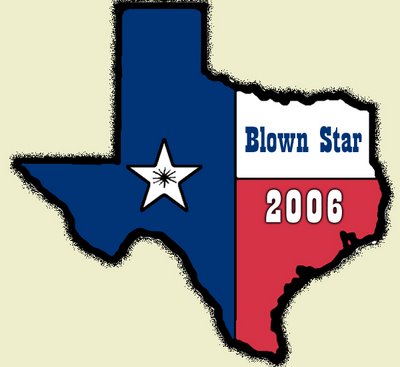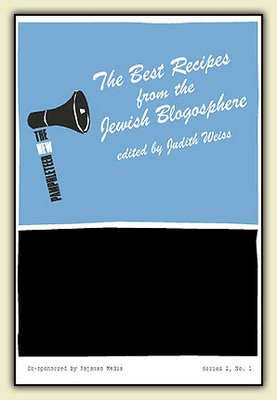A few years ago, while visiting Tim Tyson’s blog, I discovered a kind of photography I had previously been unaware of, one that opens up a whole new type of imagery.
I speak of High Dynamic Range (HDR) photography, which combines the data contained in multiple digital images taken at different exposures to create a single photograph. The results can be remarkable, even surrealistic.
No photography - from the earliest daguerreotypes to the latest high-resolution digital imaging - is capable of covering the extreme range of lighting conditions our eyes can perceive. We can see by starlight on a moonless night, and we can see on bright sunny days - a dynamic range of about a billion-to-one. But as soon as you try to crush that huge spread between the darkest darks and the brightest whites down to something you can capture on film (or on a digital sensor), you’re giving something up.
The newest digital light sensors can capture a dynamic range of about 11,000:1. You lose a lot of that when you display your image on an LCD screen, which is capable of about 1000:1 range... but even that is way better than a paper print’s 100:1.
Back when people still used film to take photographs, you could improve the dynamic range of your display by using transparency film - slides - instead of print film. But you had to get the exposure just right. Transparency film has little room for exposure errors: no latitude. With contrasty films like Kodachrome 64, you had to be within a half-stop of dead center. If you were making prints, you could use techniques such as dodging or burning to jack up the dynamic range of an image, darkening highlights or bringing out shadow detail. Not an exercise for the timid or lazy.
With digital imaging technology, though, we now have the ability to take three, five, or more separate exposures, each shot with different exposure values in order to “bracket” the main shot, and combine them to capture the brightest whites, the blackest blacks, and pretty much everything in between. The mashed-up image files are huge 32-bit jobbies with a huge amount of visual information; to display them, they have to be crunched down to 8-bit files using a process called tone-mapping. The results still can’t compete with the dynamic range of the human eye - not by a long shot - but they can have a certain aesthetic appeal.
The latest versions of Photoshop incorporate HDR imaging capability, but I have found that Photomatix, a stand-alone HDR imaging program, does a much better job. I’ve been screwing around with HDR for several years now, off and on - here are a few I’ve done...
Depending on how broad your exposure bracketing is, and depending on the specific settings you use during the tone-mapping process, your results will vary from somewhat normal-appearing to otherworldly. Give it a try!
Saturday, August 7, 2010
Subscribe to:
Post Comments (Atom)










7 comments:
Your HDR images are so great! They're subtle, which is what makes them visually spectacular, because one would be hard pressed to tell if they are HDR or just visually spectacular on their own merits. Mine, OTOH, are like, to quote Tom Wolfe, an electric Kool-Aid Acid Test...which is not really what I am going for. A little much, I think.
Very cool pics! A thing I did not know about photography.
So, here you are in your new digs. I like!
What I love about having Elisson as a friend is that he is a true renaissance man. There are times, like now, where I haven't got a clue what the f*ck he is talking about. But that doesn't make it any less interesting. And hey, I learn something in the process.
BTW, can I do this with my Kodak Instamatic? It's getting a bit old, I admit, but it was really cool when I bought it in 1968. The flash cubes were the best.
I'll have to see if I can find some time to look at Tim's site further. It does take some work to do HDR the right way. I love Trey Ratcliff's Stuck in Customs photos - they are so gorgeous.
I still need to figure out whether I can get along with PS Elements or need the full out PS to get the results I want. But I continue to mess around with Photomatix now that I have it. ;-)
I love your slide show - lovely lovely photos. Especially the one of the beach as... the sun setting? I think that's what it is although it could be rising depending upon the direction. LOL.
@Teresa - I'll give you a hint: The photo was shot facing ESE.
I'm stunned by the greens. And the bedroom with the sailboats.
I should've known... everyone gets up early except me. I would only be up that early if I'd been up all night. LOL. Still gorgeous. I need to move to a West Coast of something to get shots like that at the end of the day. ;-)
Post a Comment